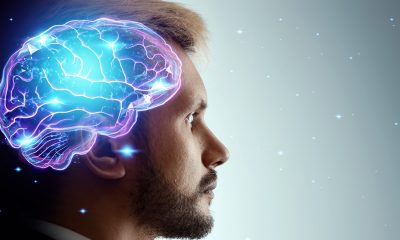OFTEN, it is hard to understand why people behave the way they do, because their true motives remain hidden. Researchers have now shown how peoples’ motives can be identified as they are characterized by a specific interplay between different brain regions. They also show how empathy motives increase altruistic behavior in selfish people.
The new study suggests that the specific alignment of neural networks in the brain dictates whether a person’s altruism was motivated by selfish or altruistic behavior.
To understand human behaviors, it is crucial to understand the motives behind them. So far, there was no direct way to identify motives. Simply observing behavior or eliciting explanations from individuals for their actions will not give reliable results as motives are considered to be private and people can be unwilling to unveil — or even be unaware of — their own motives.
Psychologist and neuroscientist Grit Hein and Ernst Fehr from the Department of Economics, University of Zurich teamed up with Yosuke Morishima, Susanne Leiberg, Sunhae Sul and found that the way relevant brain regions communicate with each other is altered depending on the motives driving a specific behavioral choice. This interplay between brain regions allowed them to identify the underlying motives. These motives could not be uncovered by observing the person’s choices, or based on the brain regions that are activated during the decision-making.
Connections between brain regions linked to motives during the study, participants were placed in an fMRI scanner and made altruistic decisions driven by an empathy motive (the desire to help a person for whom one feels empathy) or a reciprocity motive (the desire to reciprocate an individual’s previous kindness). Simply looking at the functional activity of specific regions of the brain couldn’t reveal the motive underlying the decisions.
ALSO SEE: How to keep your kidney healthy
Broadly speaking, the same areas in the brain lit up in both settings. “However, using Dynamic Causal Modeling (DCM) analyses, we could investigate the interplay between these brain regions and found marked differences between empathy- based and reciprocity-based decisions,” explains Grit Hein.
“The impact of the motives on the interplay between different brain regions was so fundamentally different that it could be used to classify the motive of a person with high accuracy” she continues.
A further important result was that motives are processed differently in selfish and prosocial people. In selfish people, the empathy but not the reciprocity motive increased the number of altruistic decisions. After activating the empathy motive, selfish individual resembled persons with prosocial preferences in terms of brain connectivity and altruistic behavior. In contrast, prosocial people behaved even more altruistically after activating the reciprocity, but not the empathy motive.

 Football1 day ago
Football1 day ago
 Business1 week ago
Business1 week ago
 Business1 week ago
Business1 week ago
 Education1 week ago
Education1 week ago
 Crime1 week ago
Crime1 week ago
 Covid-191 week ago
Covid-191 week ago
 Latest5 days ago
Latest5 days ago
 Business1 week ago
Business1 week ago













